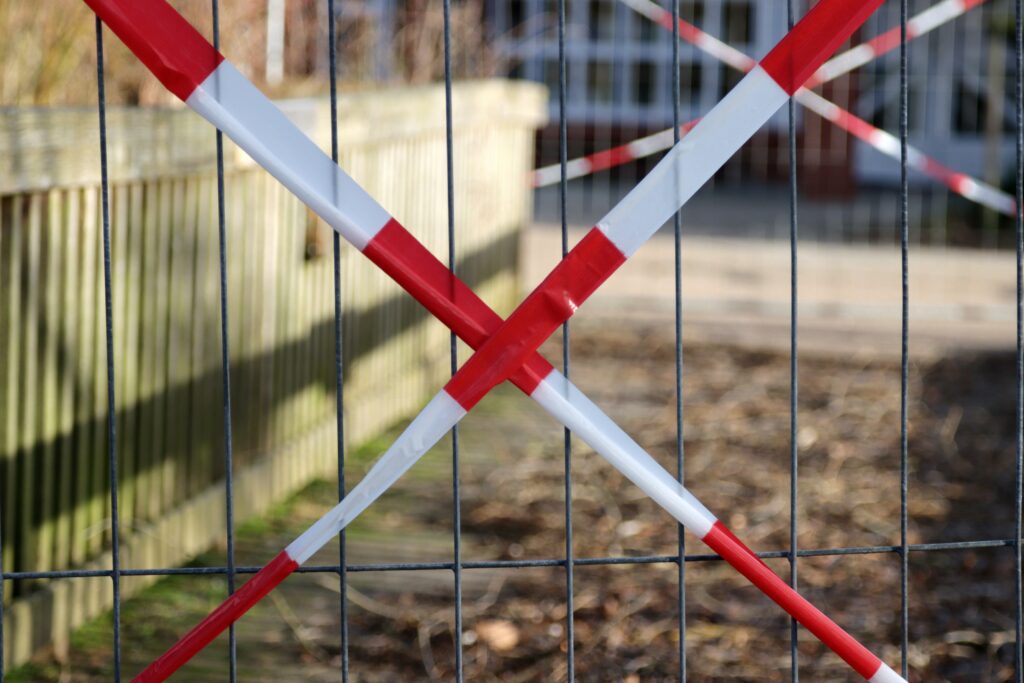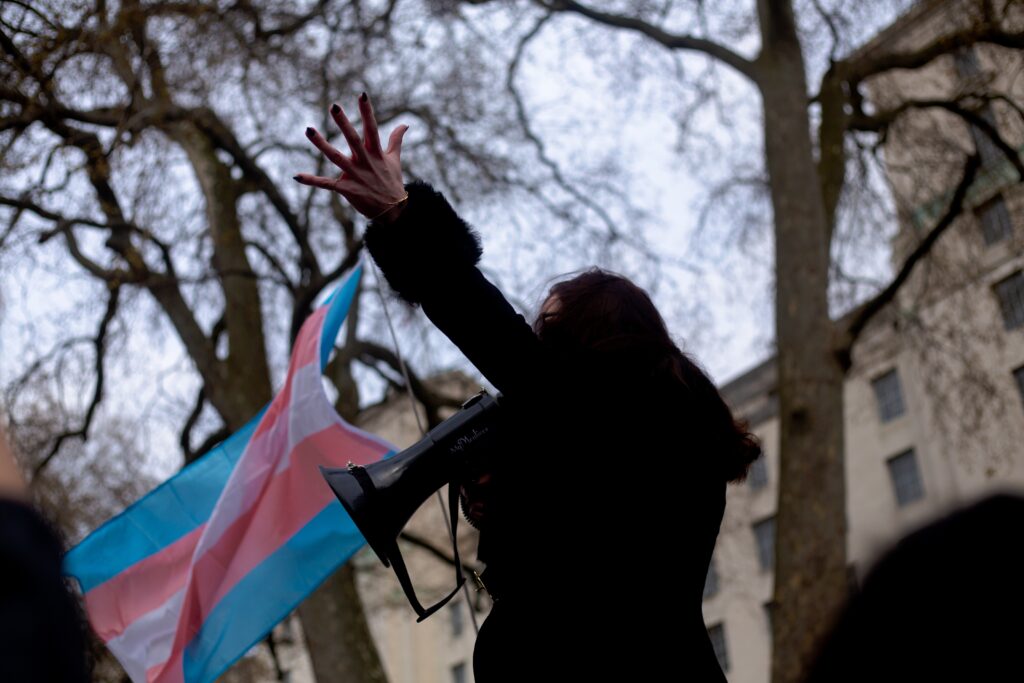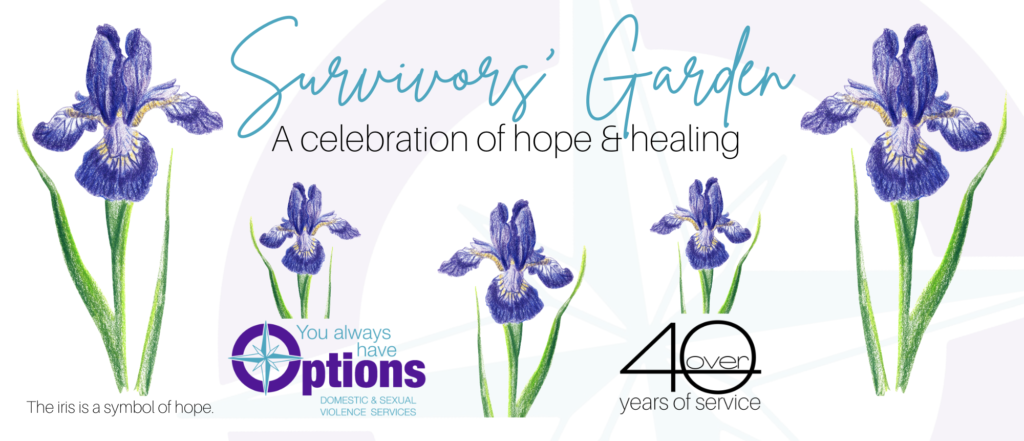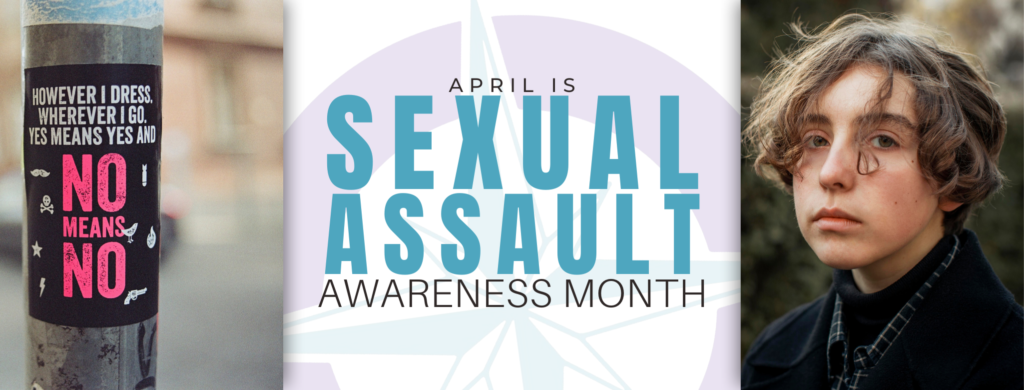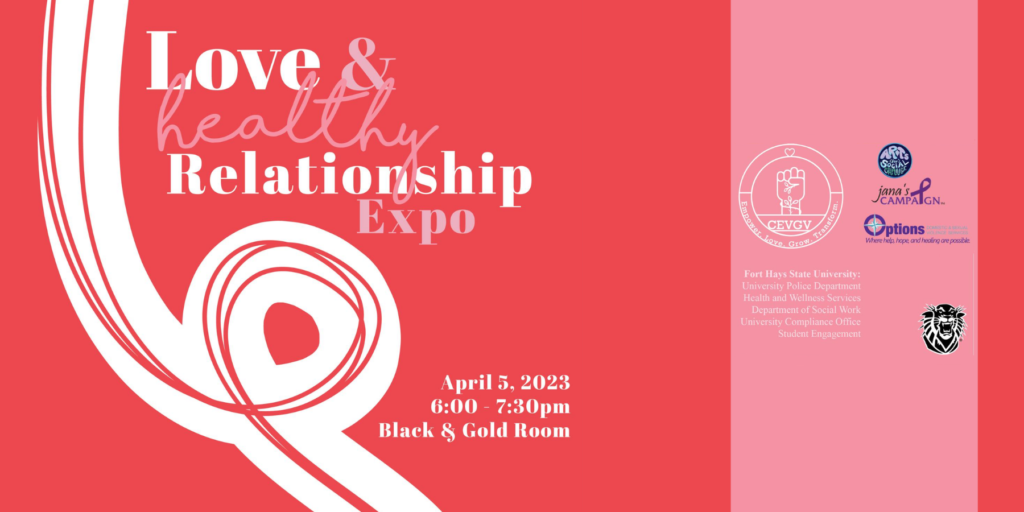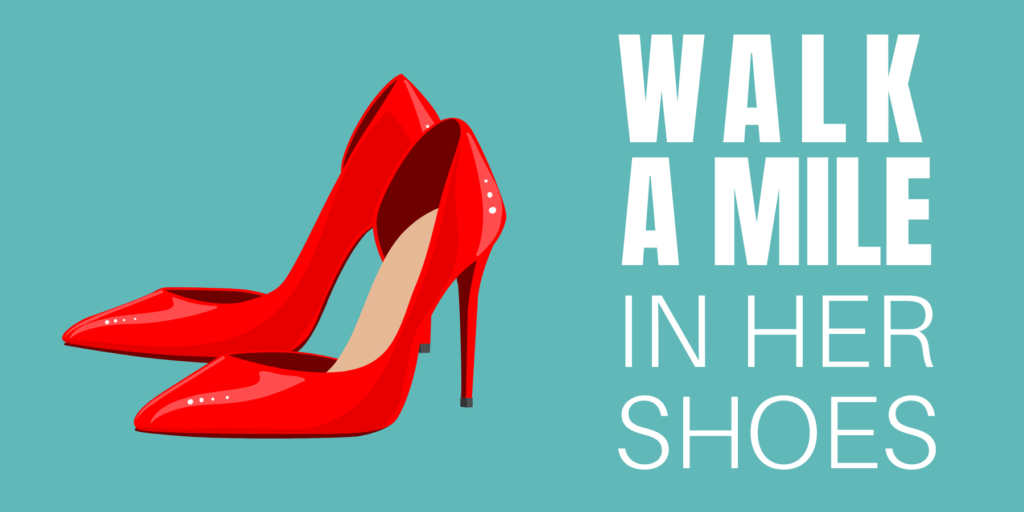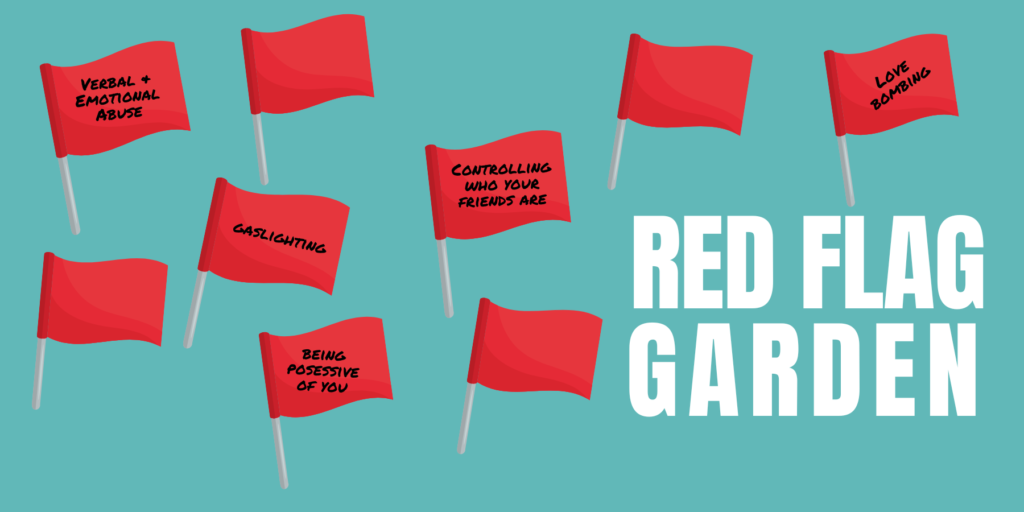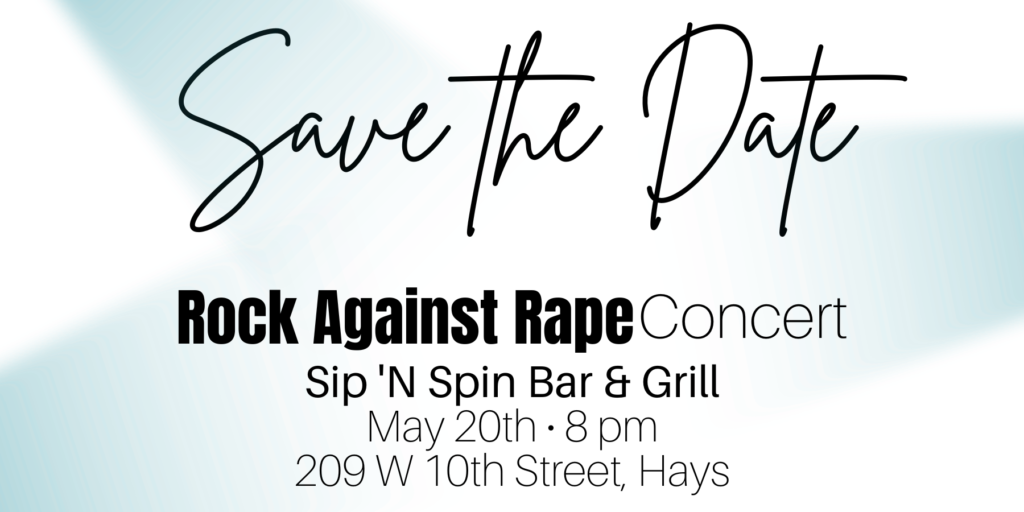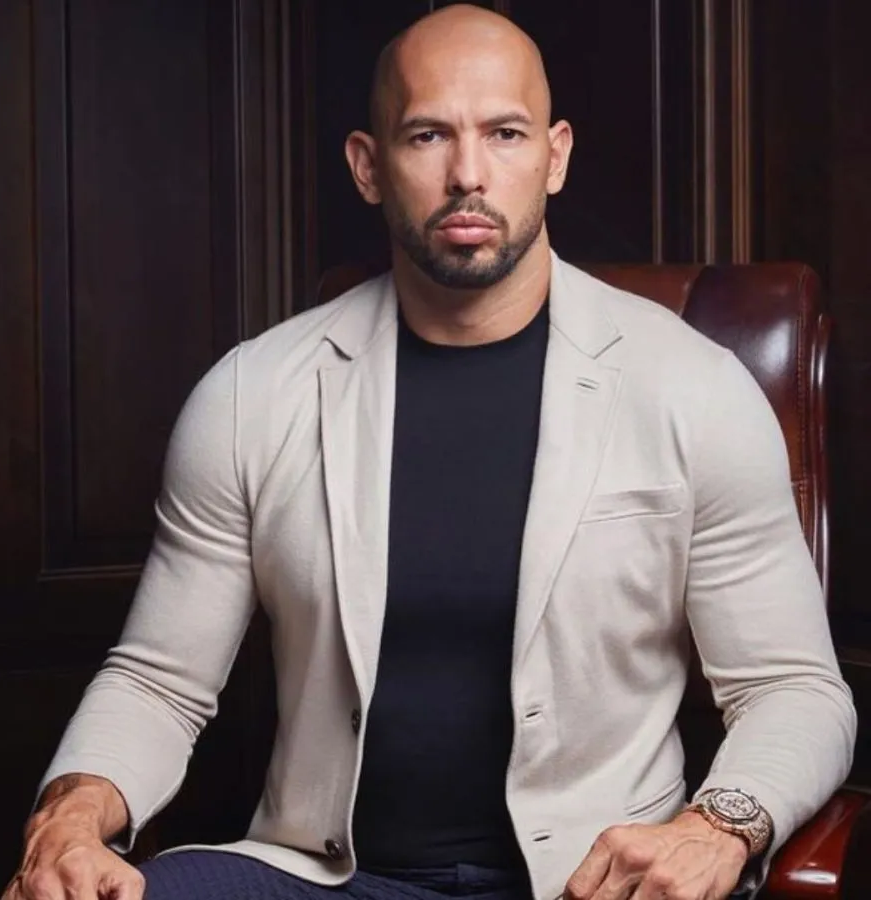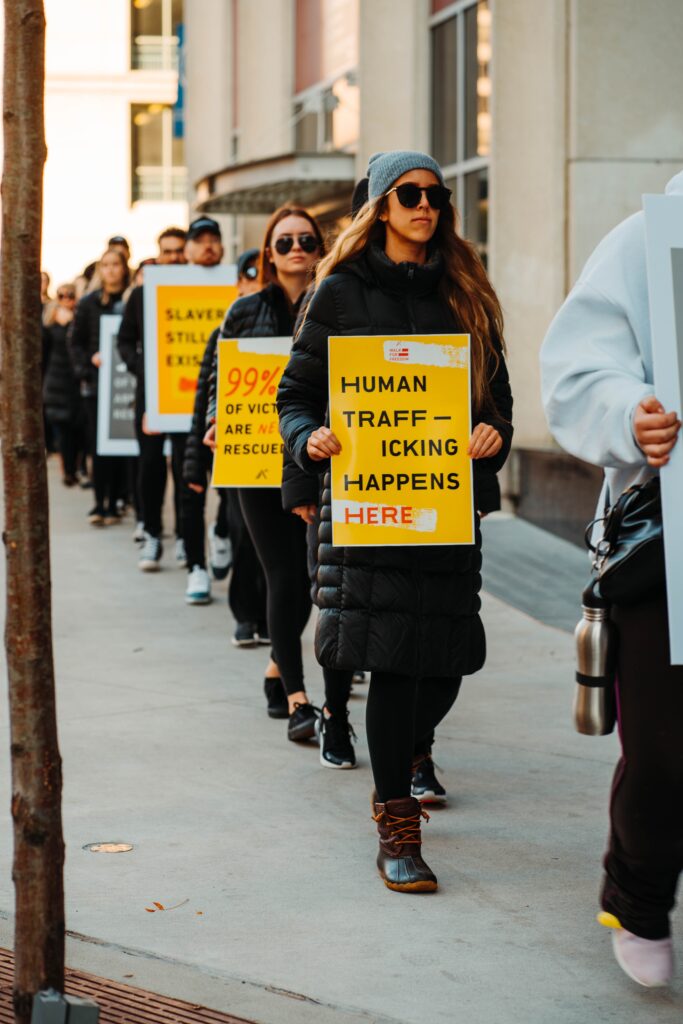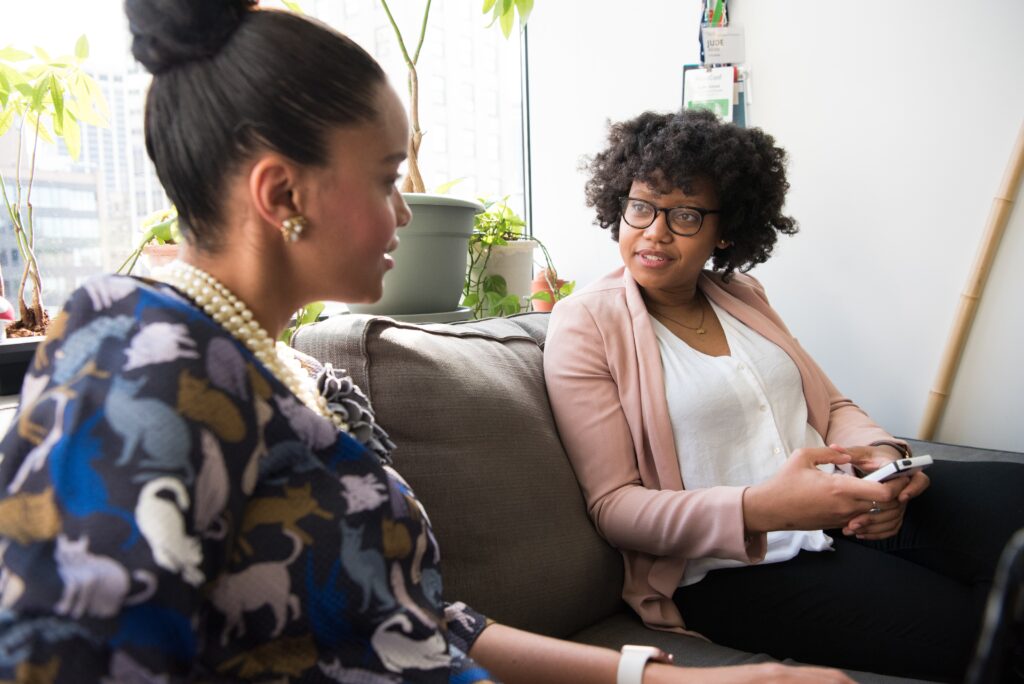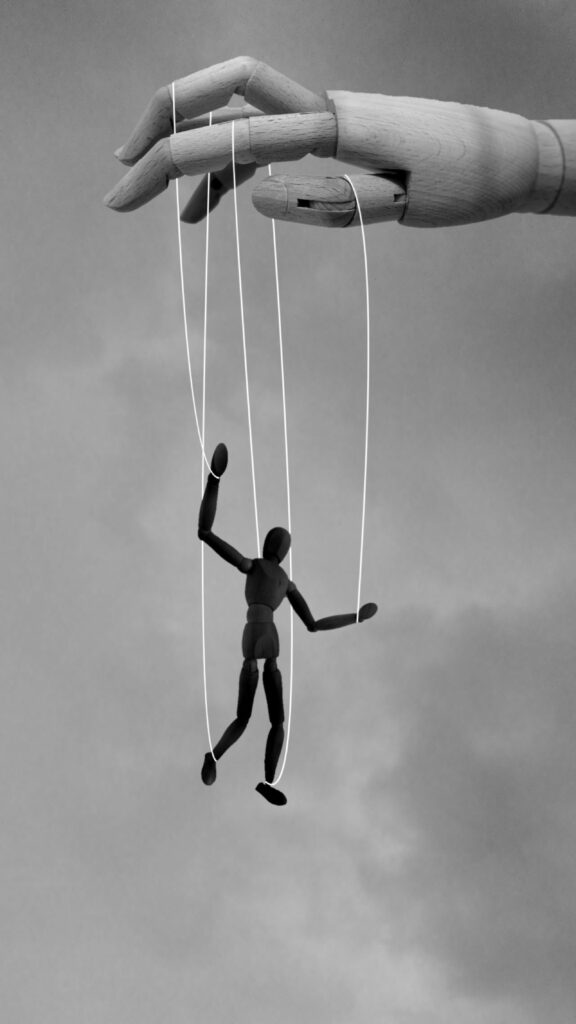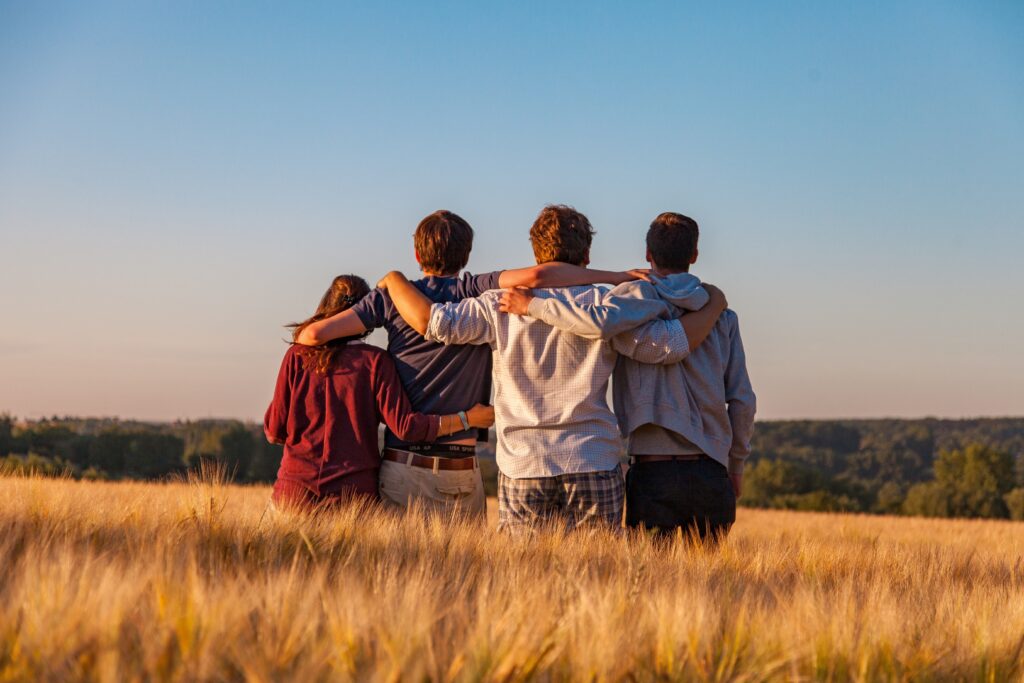Within the past week, social media has been ablaze with the story of actor Jonah Hill being put on blast for text messages his ex-girlfriend, Sarah Brady, shared on Instagram. Brady is a 25-year-old professional surfer, photographer, and activist who decided to share the texts with her Instagram followers after deciding that “keeping it to myself was causing more damage to my mental health than sharing it could ever do.”
In the texts, Hill is allegedly seen talking about how Brady needs to remove certain photos of herself from her social media page. And, that him asking her to do this was simply him setting “boundaries.” Below is a screenshot of the text messages shared on her Instagram story (be advised: explicit language is used).
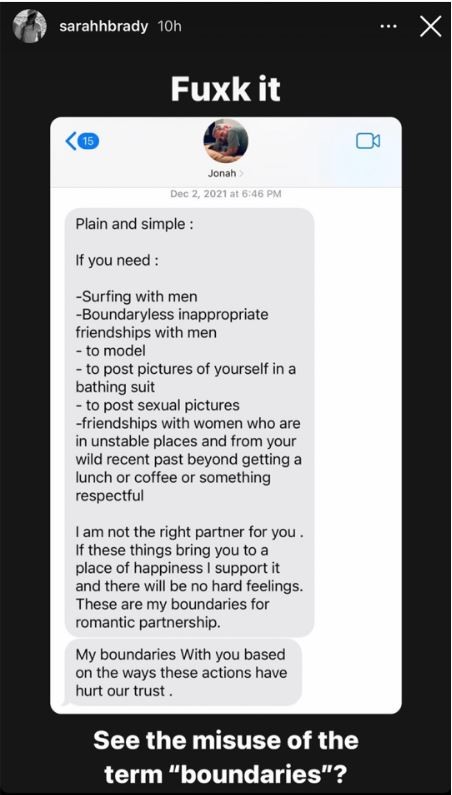
I would specifically like to point out Brady’s note at the bottom of her Instagram story – the mentioning of the misuse of the term “boundaries.”
Brady is completely correct. In this text exchange, Hill is allegedly bringing up boundaries he has in his relationships. However, that isn’t what a boundary truly is. A boundary is something that you impose upon yourself – not other people. Boundaries are values and rules you set for your own behavior, not rules you can enforce on other people.
In the text above (and subsequent message exchanges), Hill is not setting boundaries. He is dictating the behavior and friendships of others. Dictating who a person sees, what the person does, what activities a person is allowed to do or isn’t allowed to do – those aren’t boundaries, they’re rules. What Hill has allegedly done in these messages is manipulate the person he is in a relationship with.
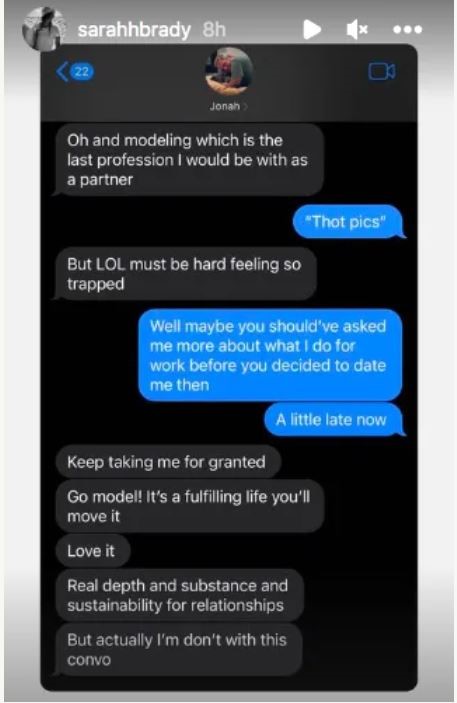
This misuse of the word boundaries is something we see a lot happening in abusive relationships, and the internet has coined this phenomenon as “weaponized therapy language.” As in, the abuser tries to rationalize and normalize their abusive behavior by using language used in therapy (such as “boundaries,” or “self-care,” or “gaslighting”). Abusers use this type of language under the guise of prioritizing their mental health, when in reality all they are doing is validating their selfish actions.
Also, in these texts, Hill is allegedly essentially saying that if Brady continues her job, that he will leave her. Sarah Brady is a surfer, social media influencer, and model. For her job, it’s pretty expected of her to post images of herself in her swimming gear. I mean, she’s surfing in her pictures – what does he expect her to wear? From my personal perspective, what she posts is honestly pretty modest anyway (but even if it wasn’t this is not the way to approach that conversation). Plus – Hill initially sought out a relationship with Brady by commenting on her Instagram selfies.
Jonah Hill is a 39-year-old man. A 39-year-old man who is very famous and has a massive following. He is in a tremendous position of power over Brady (and almost anyone else he would get into a relationship with), and he was threatening to end their relationship over her occupation, her friends, and her personal life if she did not change every aspect of herself. He was (whether inadvertently or purposefully) using his influence and power over her to persuade her to do what he wanted to stay in the relationship with him.
If your partner is trying to control your life (that includes what you post on social media) then that is abusive behavior. If your partner constantly makes you feel intimidated, insecure, or guilty for aspects of your life, you could be in a controlling relationship. Guilt and shame are a tool abusers use to gain influence over their victim – which is exactly what Hill is allegedly attempting to do in these text exchanges.
A good partner in a loving, healthy relationship will not control or manipulate you. A good partner will bring their concerns to you and set boundaries for themselves – not shame and guilt you into doing their bidding. If you feel like you are experiencing being controlled in a relationship, please feel free to reach out to Options. We’re here for you.
If you need any additional information, have a question, or a concern, feel free to reach out to Options at our 24-hour toll-free helpline 800-794-4624. You can also reach an advocate via text by texting HOPE to 847411 or click 24-Hour Chat with Options.
Written by Anniston Weber


